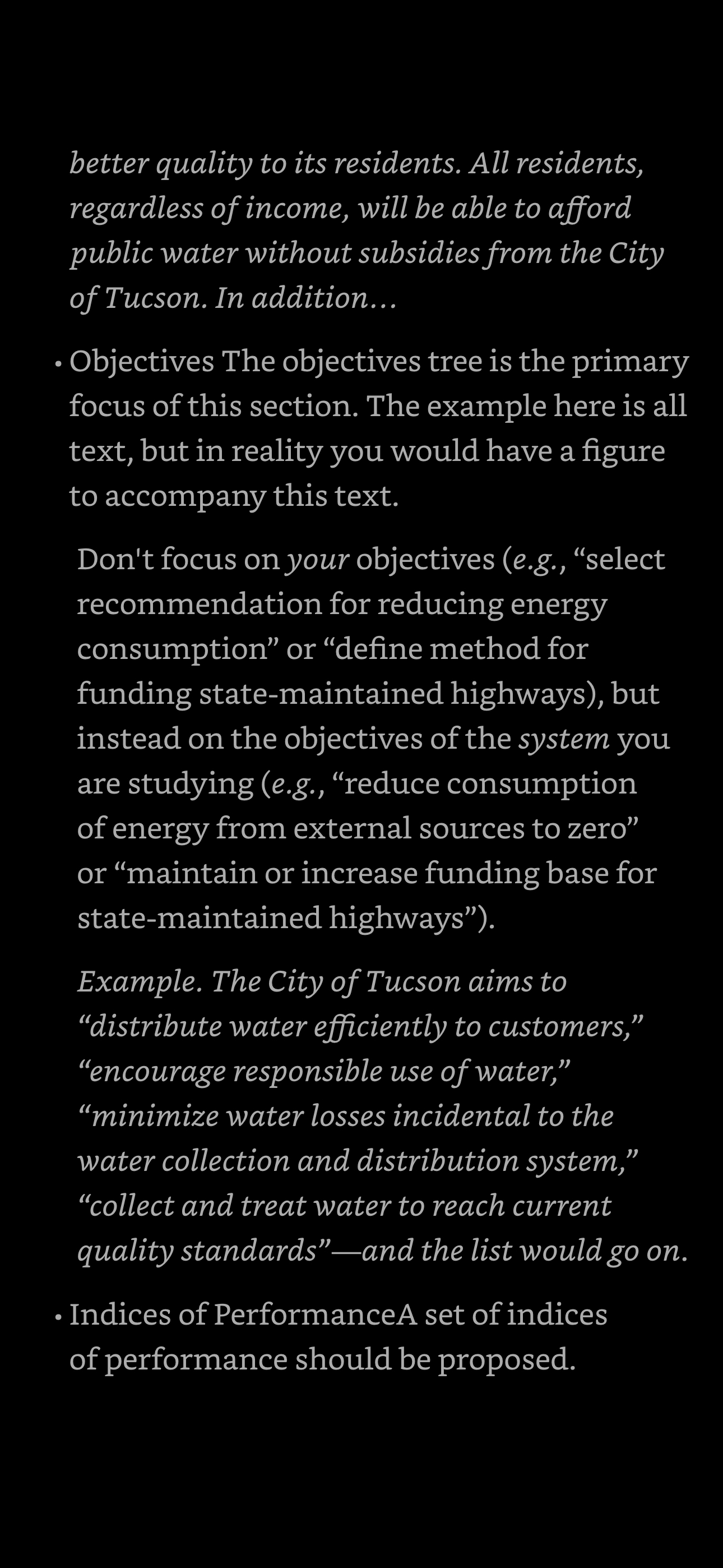Answered step by step
Verified Expert Solution
Question
1 Approved Answer
Project Background and Context According to Gerald Baron's editorial, Five Ways Social Media Is Changing Emergency Management, [ i ] t is clear that
Project Background and Context
According to Gerald Baron's editorial, Five Ways Social Media Is Changing Emergency Management, it is clear that with the internet in general and the widespread adoption of social media, the world of emergency management and public information management will never be the same."
A social networking site is a webbased service that allows individuals to:
"construct a public or semiprivate profile within a bounded system,
articulate a list of other users with whom they share a connection, and
view and traverse their list of connections and those made by others within the system. The nature and nomenclature of
these connections may vary from site to site."
Given this construct, "Social Networks lend themselves to providing a wide variety of capabilities such as having a mass notification systemthe thought of creating an emergency alert system for the digital world."
The advent of social media in emergency situations is often linked to the April shootings at Virginia Tech. Baron asks, "How did those desperate to know who the shooting victims were at Virginia Tech get their information?" Baron answers the question: if they were part of the Facebook community, they got the names of all shooting victimswithout errorwell before the authorities announced it
Emergency notification and information collection and dissemination may be the tip of the iceberg in the use of social media in emergency management. Emergency preparedness organizations are now considering how information provided through social media made available through publicly accessible sites or through targeted sites used to capture information might be
"harvested," collected, aggregated, organized, analyzed, and used in ways that can enable emergency responders to anticipate, prevent, prepare for, respond to and recover from real or potential emergency situations more effectively.
Major academic institutions face a particularly challenging task in that they are inherently "public" entities whether operated as a public or private institutions in which it is essentially impossible to regulate all access to administrative and academic buildings, research laboratories, major athletic and entertainment venues, residential and related support eg dining, recreation, service facilities, and outdoor public spaces. Moreover, universities serve multiple purposes academic research, service, economic, community, etc. with many stakeholders students faculty, staff, administration, parents, contributors, researchers, funding entities, community residents and are supported by many university and local agencies eg university and local law enforcement and emergency response agencies When emergencies natural unintentional, or intentional, including those that are healthrelated occur on a university
campus, responsible authorities must be prepared to use every means possible to notify, instruct, and respond in ways that reflect a deep understanding of the various stakeholder perspectives while minimizing risks to people and property. In addition, emergencies that occur at universities are frequently in the context of more widespread events eg natural events such as tornados, hurricanes, earthquakes, fires, floods, snowstorms that require coordination with numerous agencies with concerns and responsibilities that go well beyond that of the university.
Social media offer an opportunity to gain a better understanding of the "ground truth"or at least the "ground truth" as perceived and reported by many eyes and ears that may be better positioned to report situations than the official response agencies that are limited by time, space, and resources. Additionally, social media may be helpful in targeting specific areas where response is most important or which might otherwise go unnoticed.
The question that motivates this project is the following: How can existing and emerging social media eg Twitter, Facebook, and text messaging be used to assist a university's
Office of Emergency Preparedness in preparing for and coordinating responses to natural and humancaused events that put people and property at risk?
Beyond the university setting, local, state, regional, and federal agencies are interested in how best to use social media in emergency response. The US Department of Homeland Security eg TSA and FEMA the US Department of Transportation eg FHWA and FTA and other federal agencies would like to see how social media can be used to enhance emergency management. State and local agencies are typically the first responders and can benefit from better situational awareness that might be derived from a more robust intelligence collection and analysis system derived from the larger base of information that could be collected using soc

Step by Step Solution
There are 3 Steps involved in it
Step: 1

Get Instant Access to Expert-Tailored Solutions
See step-by-step solutions with expert insights and AI powered tools for academic success
Step: 2

Step: 3

Ace Your Homework with AI
Get the answers you need in no time with our AI-driven, step-by-step assistance
Get Started


